Energy saving tips
Our energy-saving tips to give you a kick-start in efficient use of energy.
Energy consumption at home
| Sähkön käyttö | % |
| Appliances | 30 |
| Heating | 50 |
| Water heating | 20 |
Clear savings in heating
- Reduce the room temperature by one degree and your heating energy consumption will fall by about 5% per year. The recommended room temperature is 20–22 degrees.
- Bedrooms can be kept at a lower temperature than the other rooms. You will fall asleep more easily and save energy, too.
- Storage rooms and garages can be kept at 5–12 degrees.
- Check that the radiator thermostats are functioning.
- If you have underfloor heating in your bathroom, keep the floor temperature at a moderate level. The temperature is at a right level when the floor feels just warm enough under bare foot.

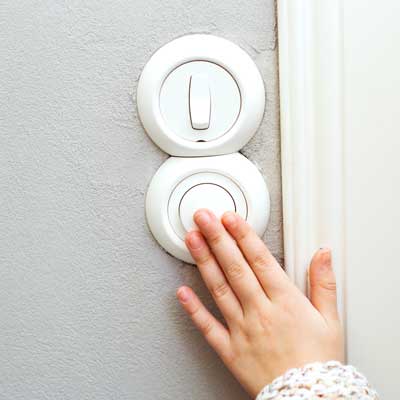
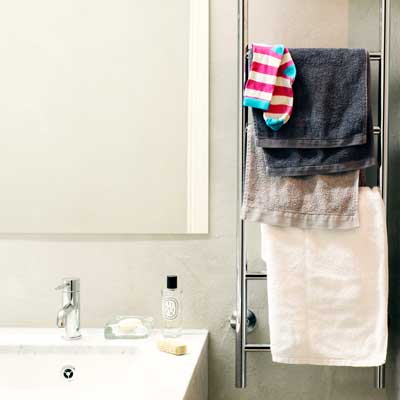
Weatherproofing and airing are the cornerstones of ventilation
- Energy consumption grows with increased ventilation. Weatherproof your windows and doors instead of increasing the room temperature. However, remember that the rooms must also be ventilated.
- Cross ventilation is the most effective way to air a room. Do not leave windows open for long.
- Use curtains to maintain the right temperature. In the winter, they will prevent draughts. In the summer, they will protect against the heat of the sun.
- It is worth keeping the ventilation system at a very low setting during the heating period.
Sensible use of water
- Opt for showers instead of baths. A bath uses five times more water than a shower.
- Do not let hot water run too long and turn off the tap while you soap up. Challenge yourself with a two minute shower.
- Turn off the tap when you clean your teeth.
- Repair leaking taps and toilets as soon as possible. Over time, even drips will turn into dozens of cubic metres of wasted water.
Switch off unnecessary lights
- Always switch off lights where they are not needed.
- LED technology is excellent for all lighting
- Utilise light automation; twilight switch and motion sensor turn on lights when they are really needed and not before.
Save energy in the sauna
- Heat up the sauna in one go for the entire family or group of friends. Go to sauna together or at least immediately one after the other.
- A temperature of 70–80 degrees is enough for an enjoyable sauna experience. If the sauna is heated to one hundred degrees, it will increase energy consumption by about twenty per cent.
Switch off and save energy
- Turn off the TV and other home electronics, including the PC with its monitor, when you are not using them – do not leave them in standby mode.
- Unplug any chargers not in use. When the mobile phone, electric toothbrush, PC and other devices are constantly plugged in, it will show in the electricity bill.
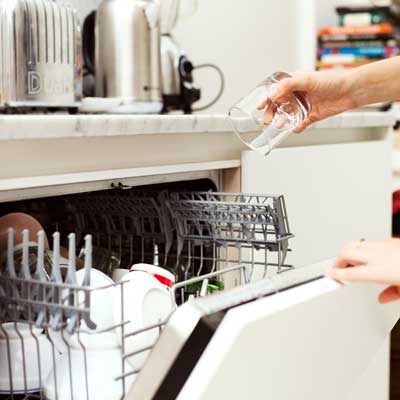
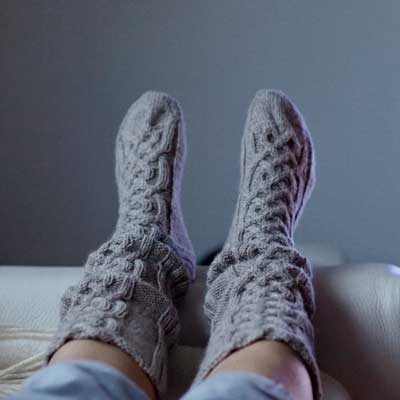
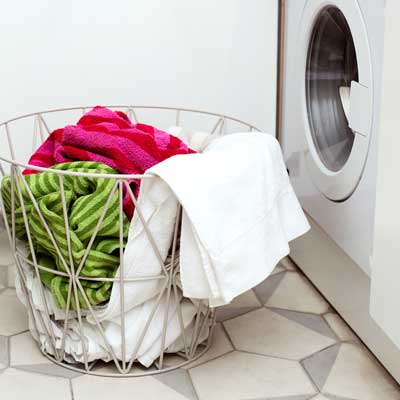
Refrigeration tips
- Use correct storage temperatures: refrigerator +5 degrees and freezer -18 degrees. Every degree colder increases electricity consumption by about 5%.
- Overfilling the fridge and constant opening of the door may increase electricity consumption by up to 50%.
- Defrost the freezer regularly. This is easiest in very cold weather when you can move the freezer contents outdoors, e.g. on the balcony.
Cook your food with residual heat
- In cooking, use residual heat of the hotplates and oven. Especially the oven remains hot long after you switch it off.
- With the exception of baking, many foods can be placed in a cold oven. The food will heat up at the same time as the oven.
- Use the microwave oven and electric kettle instead of the oven whenever possible. Microwave oven can be used especially for preparing small portions and for heating food.
- It is not necessary to preheat a fan-assisted oven, and you can cook food on two levels simultaneously. That way you can prepare more food in the oven at the same time. Heating the oven uses more energy than keeping it hot.
Fill up the dishwasher
- It is not necessary to wash or rinse dishes before putting them in the dishwasher. Remove any excess food, for example, with a dough scraper and let the machine take care of the rest.
- Do not switch the dishwasher on until it’s full. Select the wash cycle according to the degree of soiling of the dishes.
- Hot water connection is an eco-efficient alternative. The washing time is shorter and electricity consumption is considerably lower.
- When you wash dishes by hand, do not let the water run the whole time. Wash and rinse dishes in the kitchen sink.
Save energy on laundry
- Run a full load when using the washing machine
- Select the washing temperature and cycle according to the care instructions of the garments and the degree of soiling.
- Measure out the detergent according to the instructions so you won’t need extra rinses to remove excess detergent.
- Dry your washing on the outside line whenever possible to save energy.
- A tumble drier uses energy, but brings savings if it is not necessary to iron the clothes after drying. To ensure economical use of a tumble drier, the washing machine spin dryer must be effective. Good spin drying shortens the drying time.
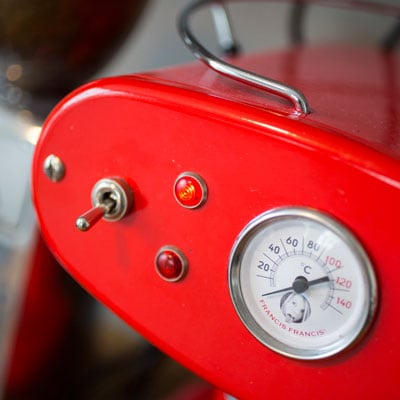

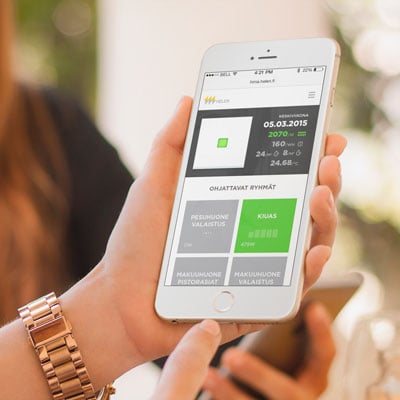
When buying new appliances
- Is it necessary to buy a new appliance? Every new appliance increases your energy consumption.
- Consider carefully the use and purpose of the appliance you are buying so that you will not have to soon buy a different model.
- Watch the energy labels of appliances. An energy efficient appliance meets your requirements will be more economical.
- Remember that appliances require regular maintenance, e.g. defrosting or cleaning the lint filter.
Download consumption figures of electric appliances or ask us more!